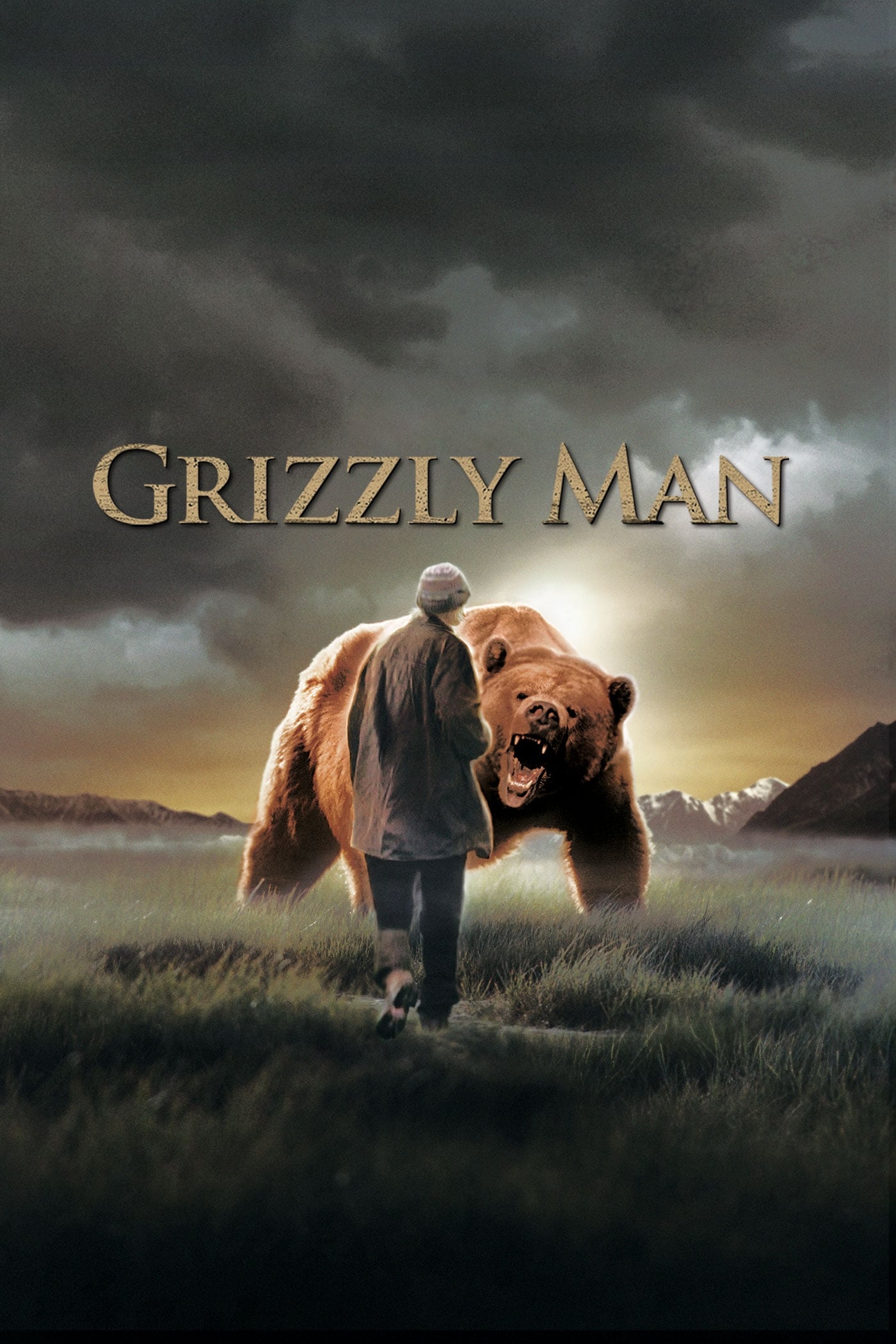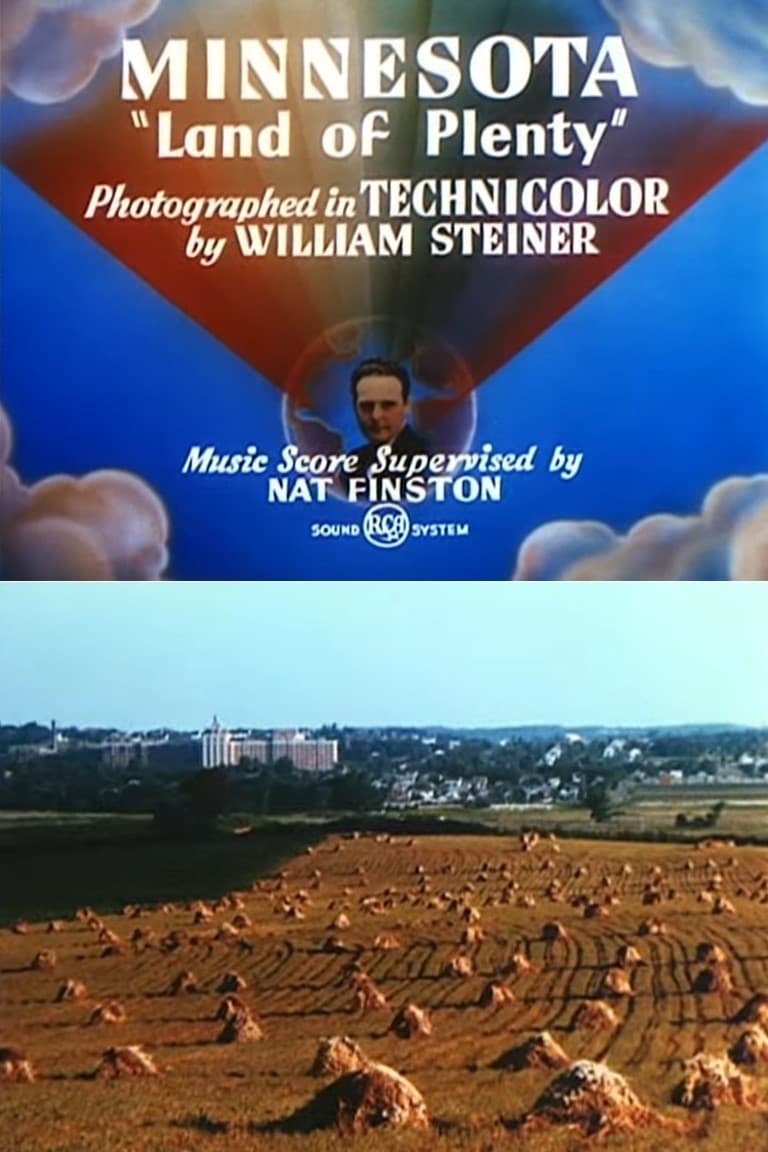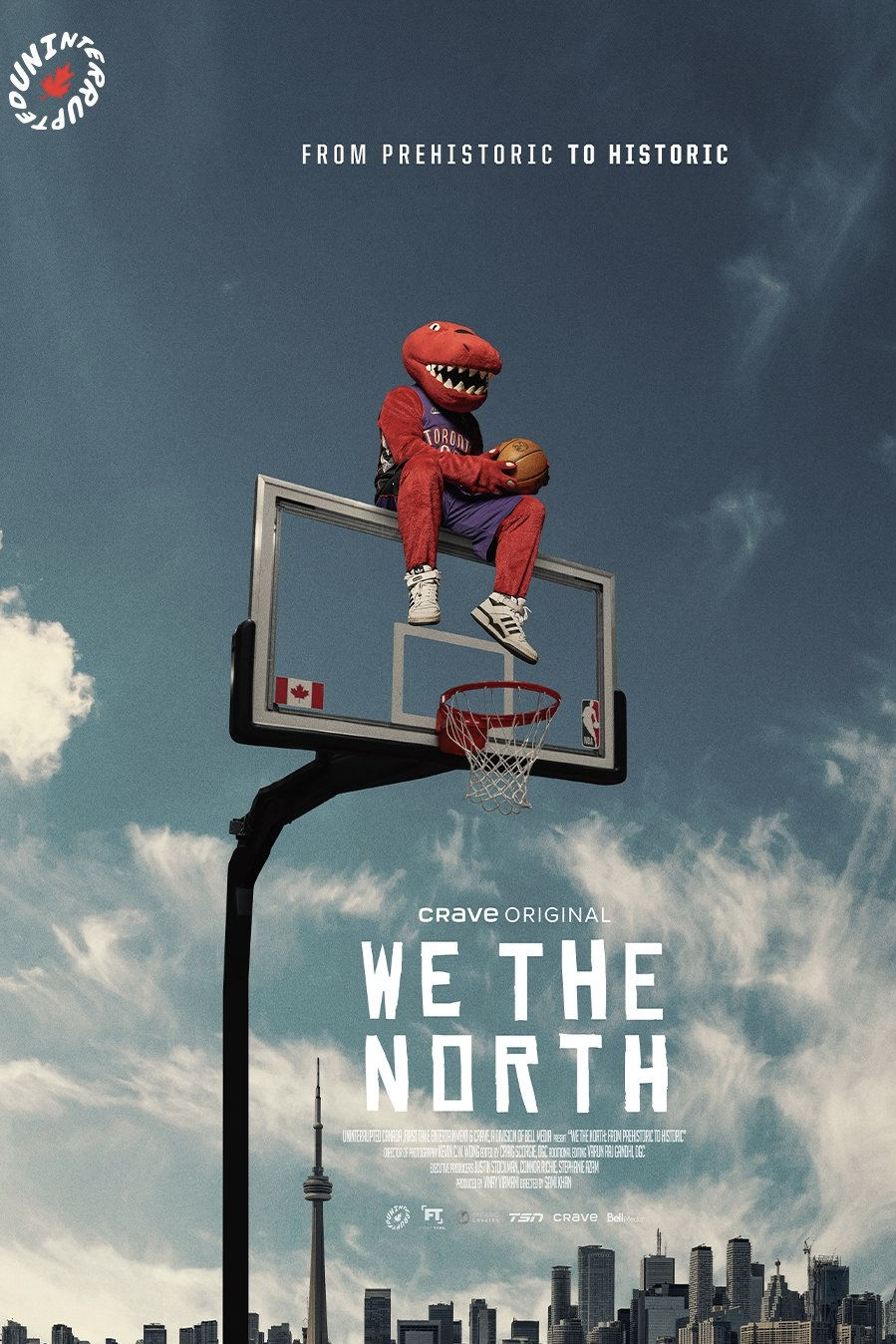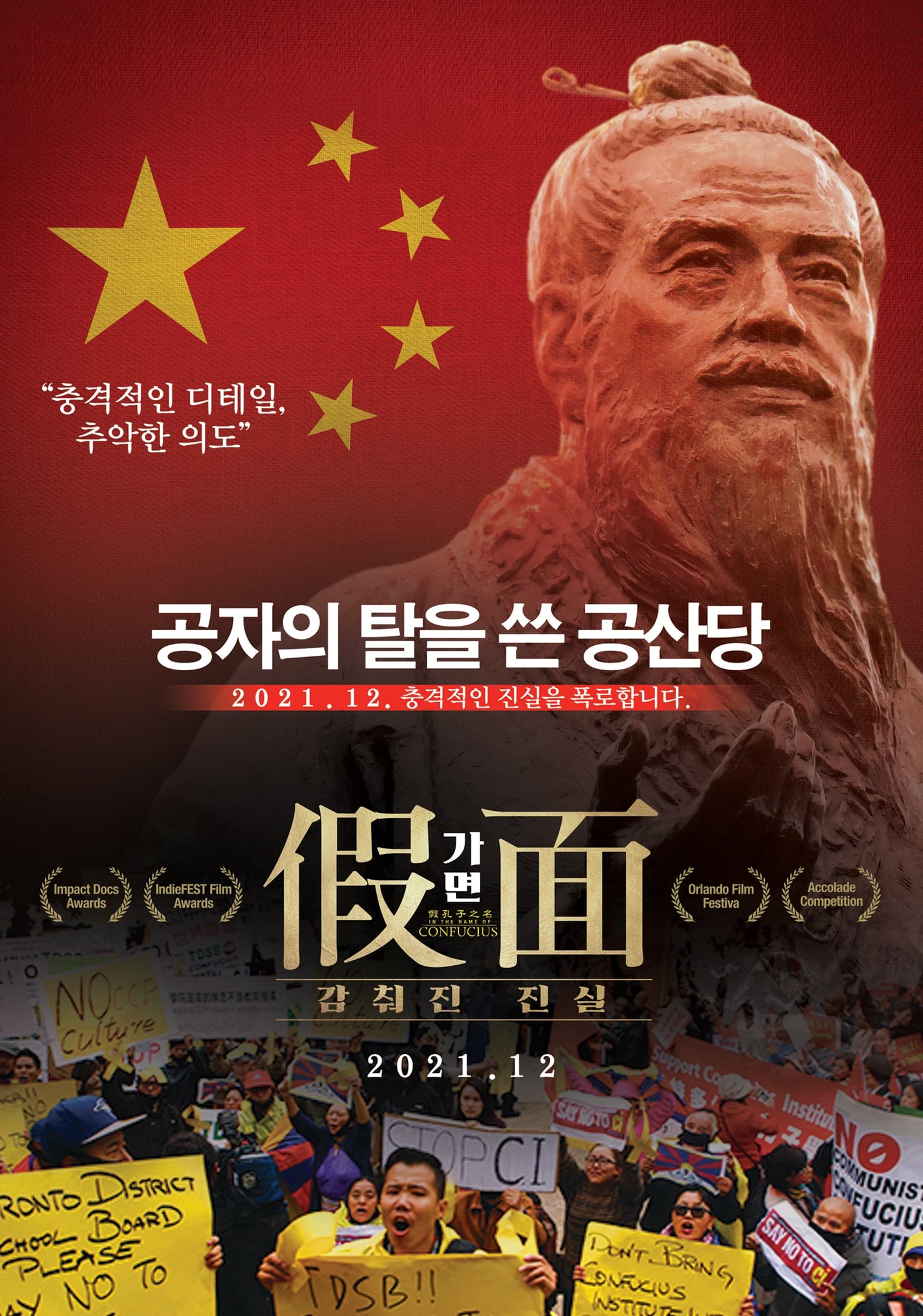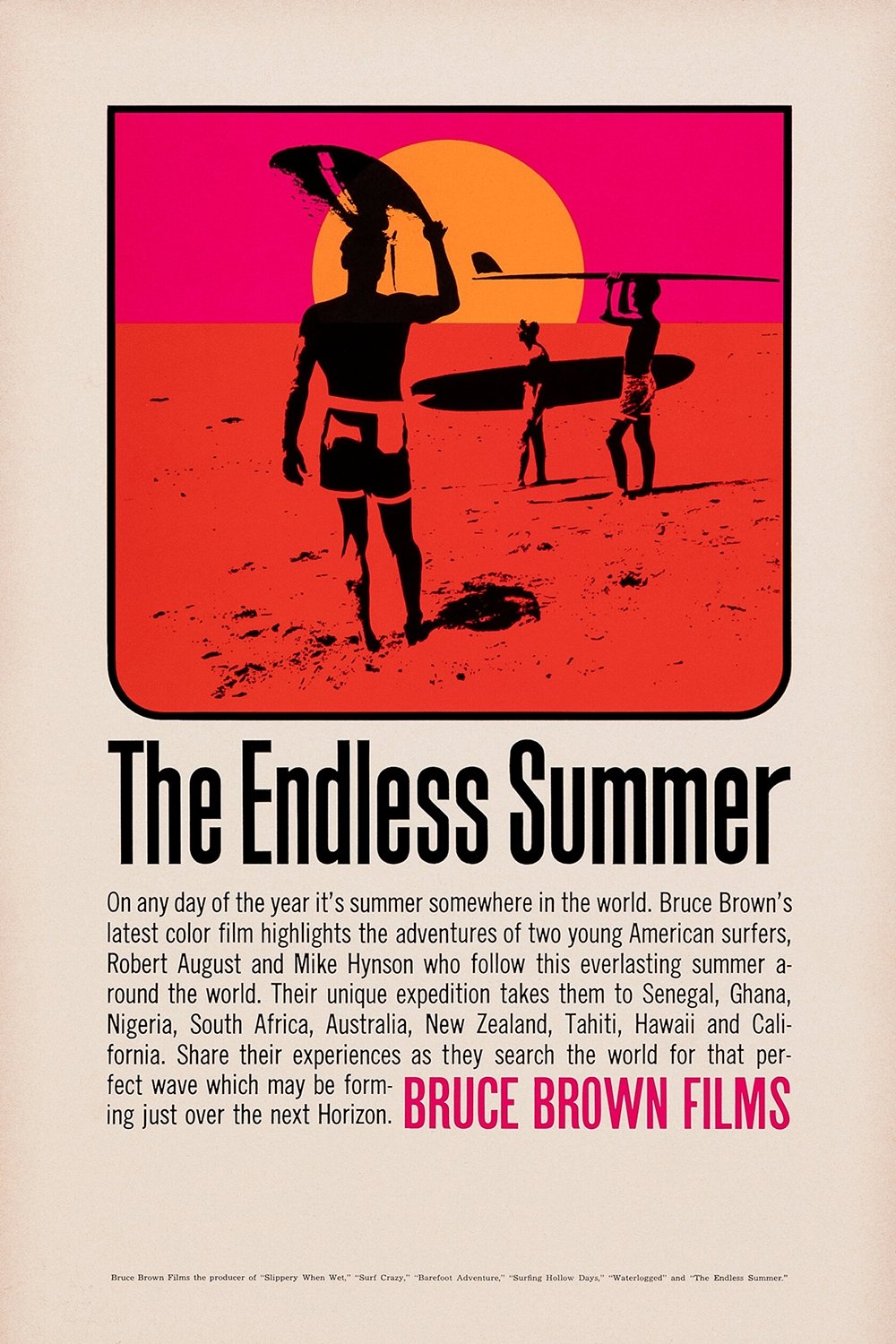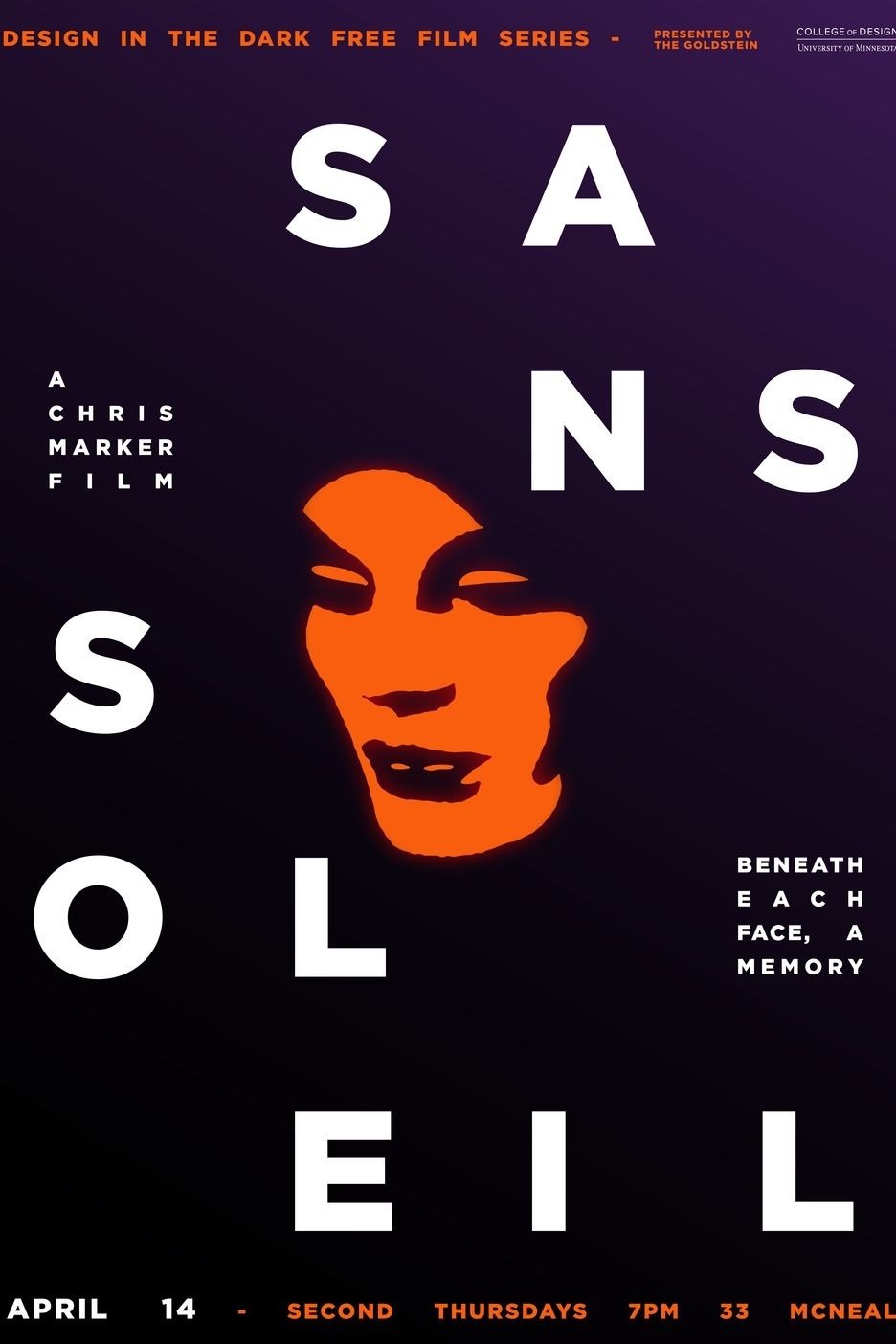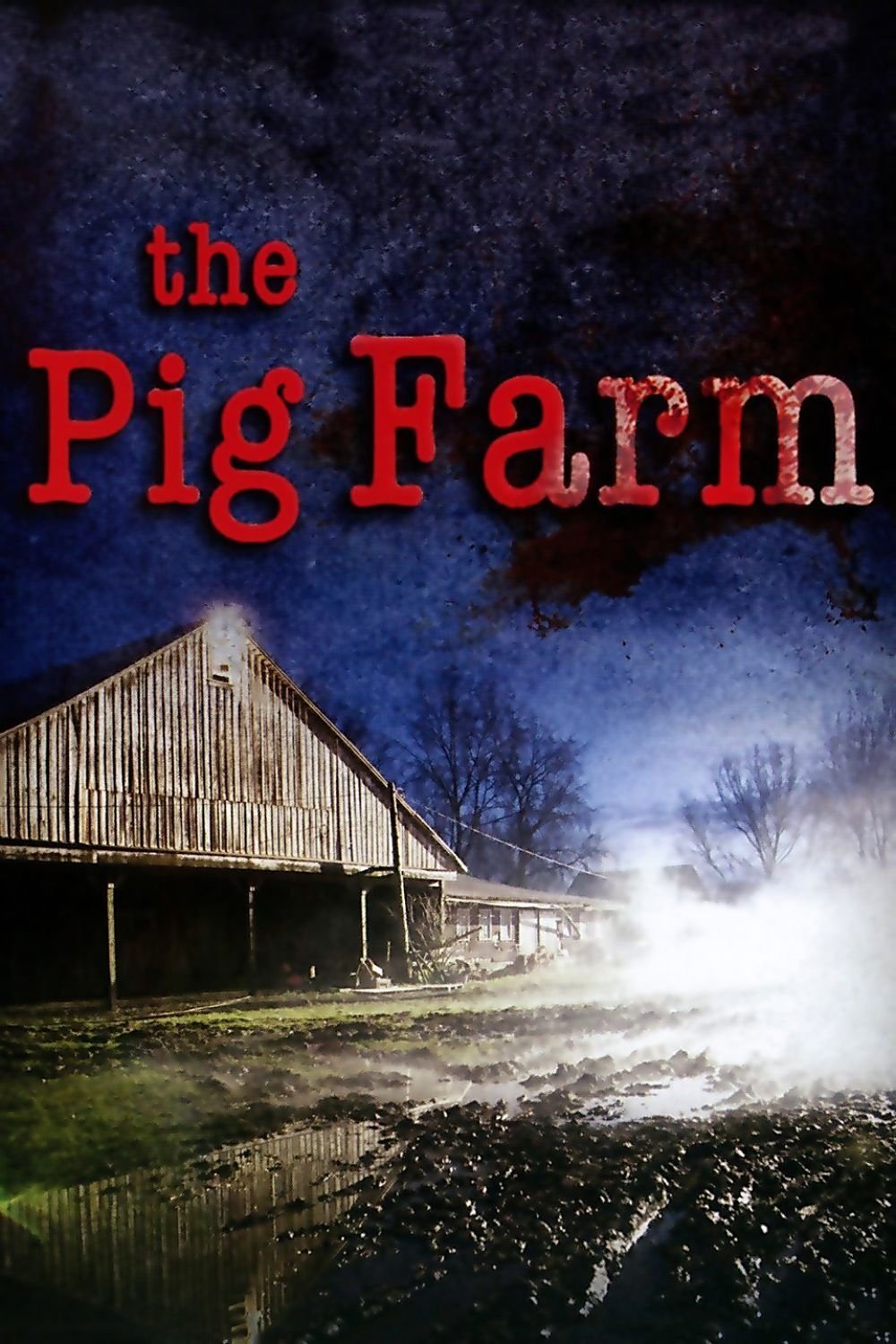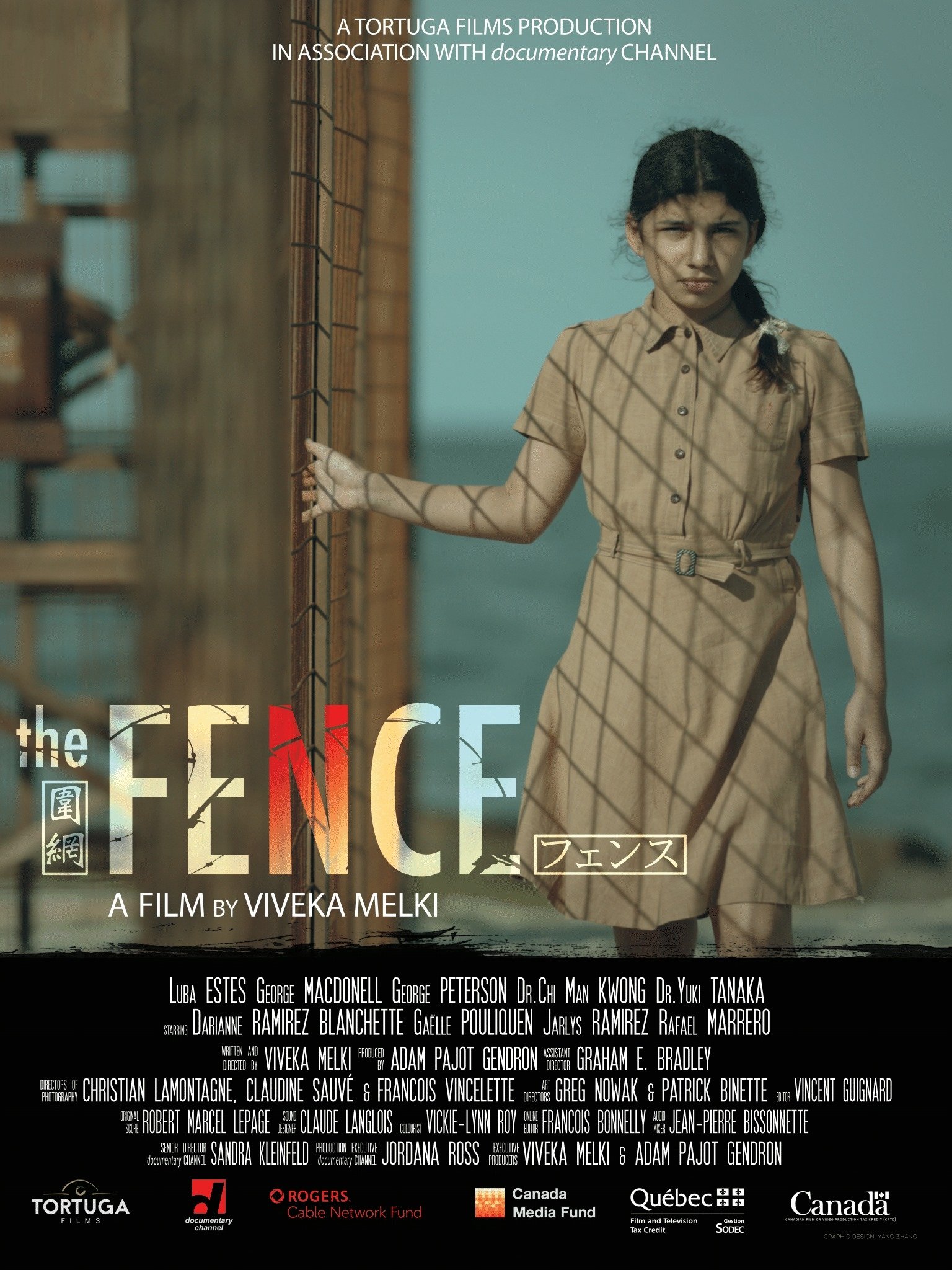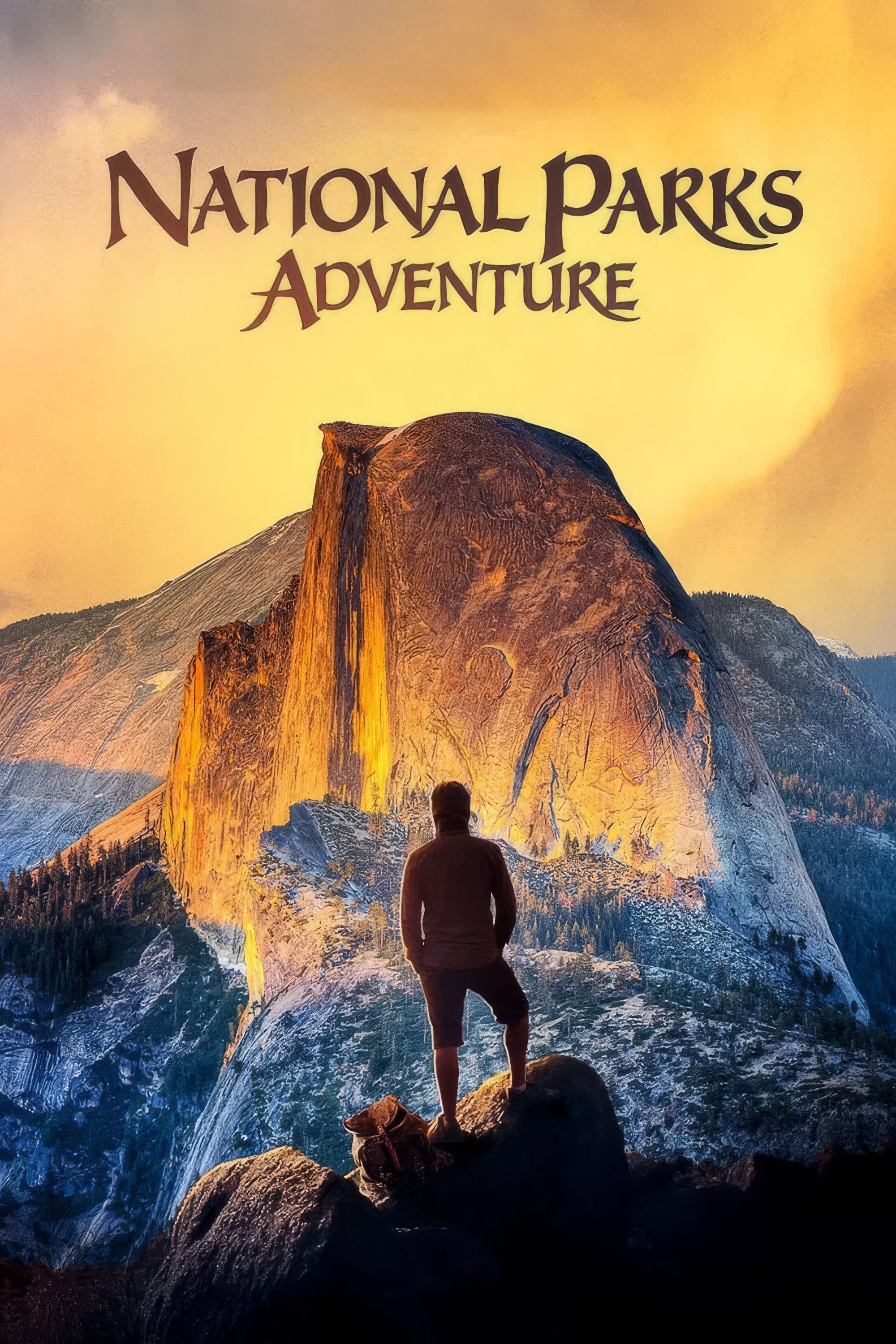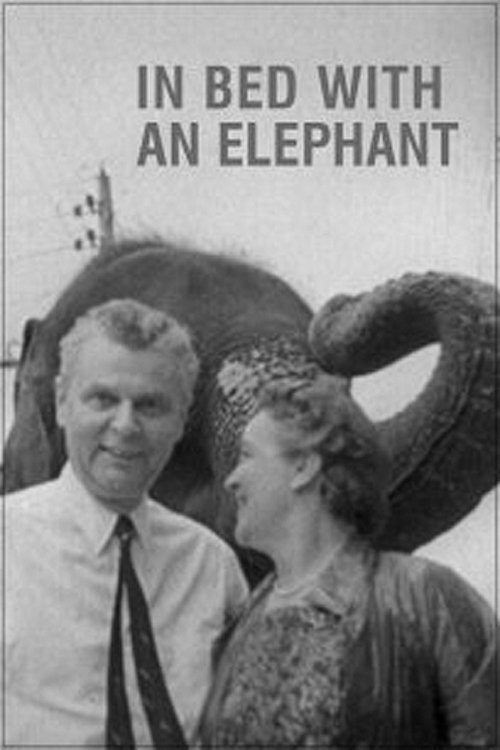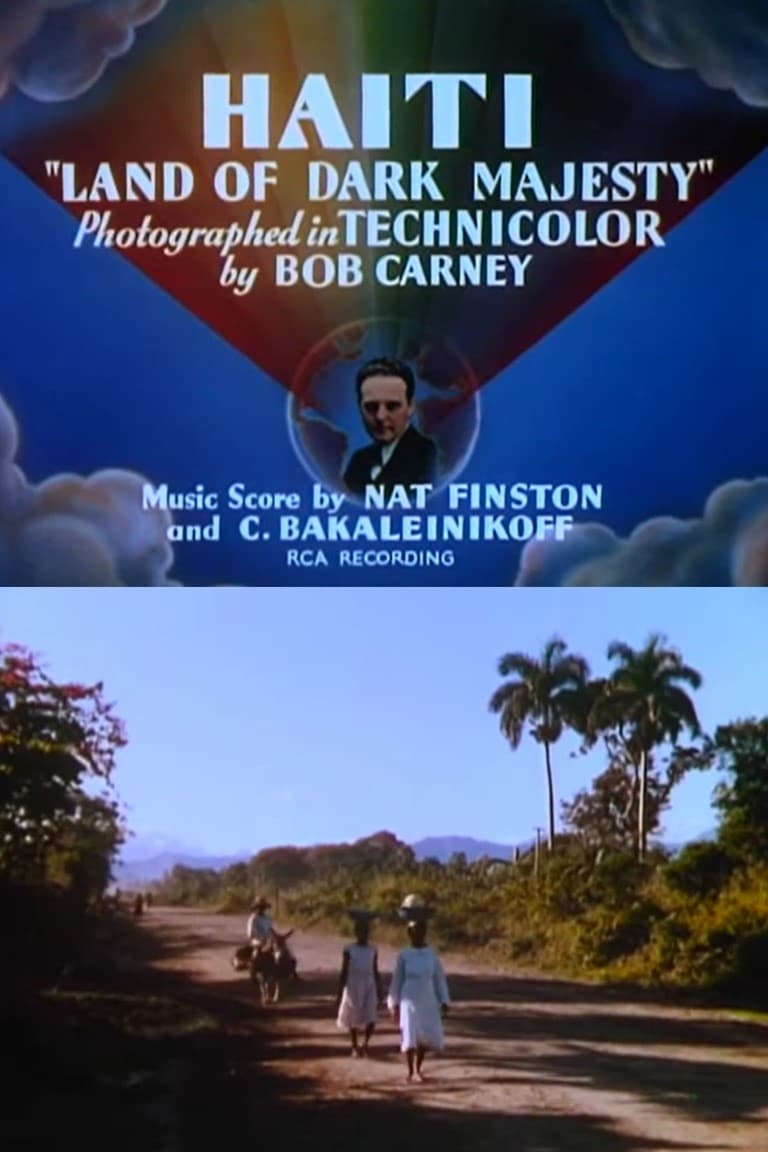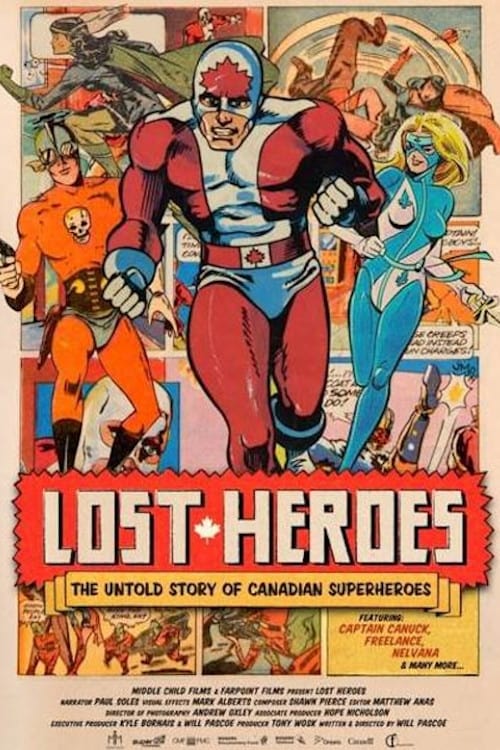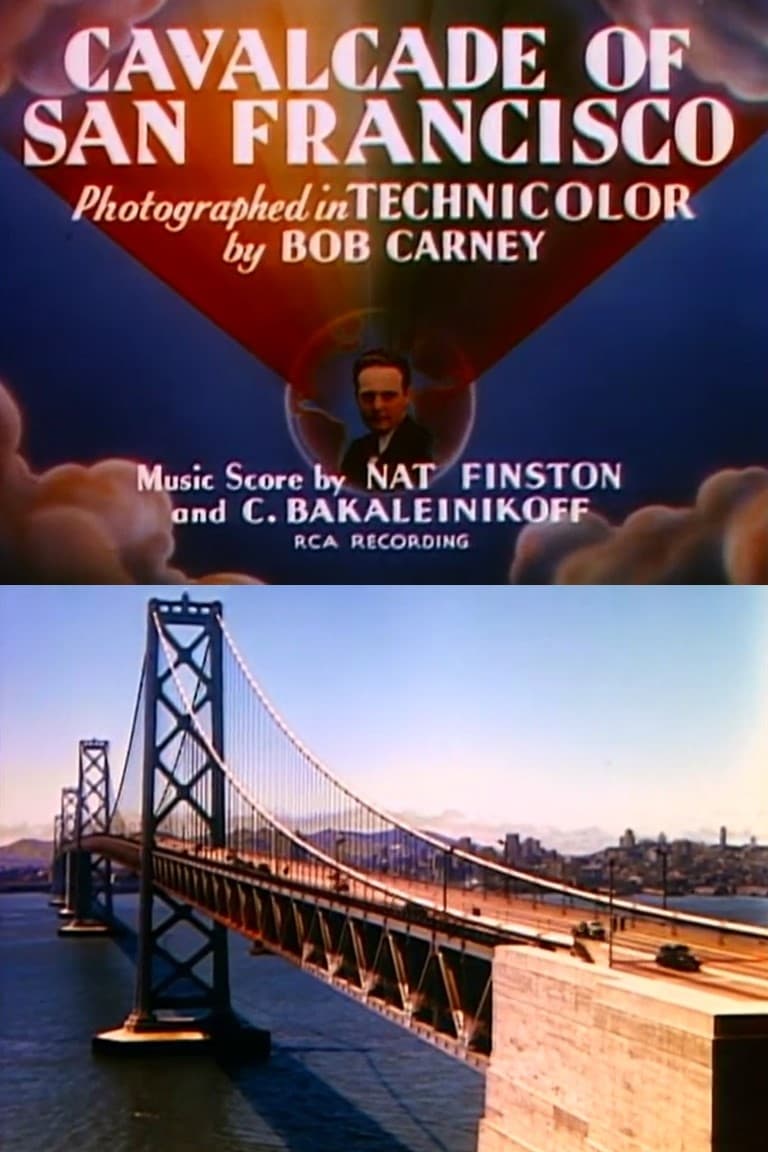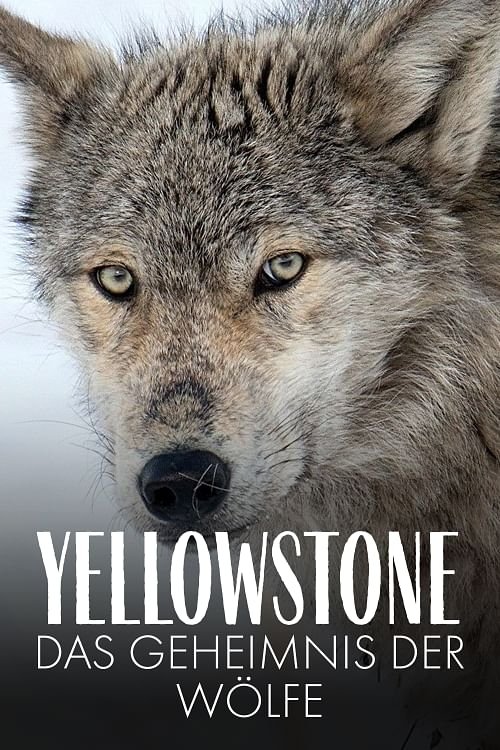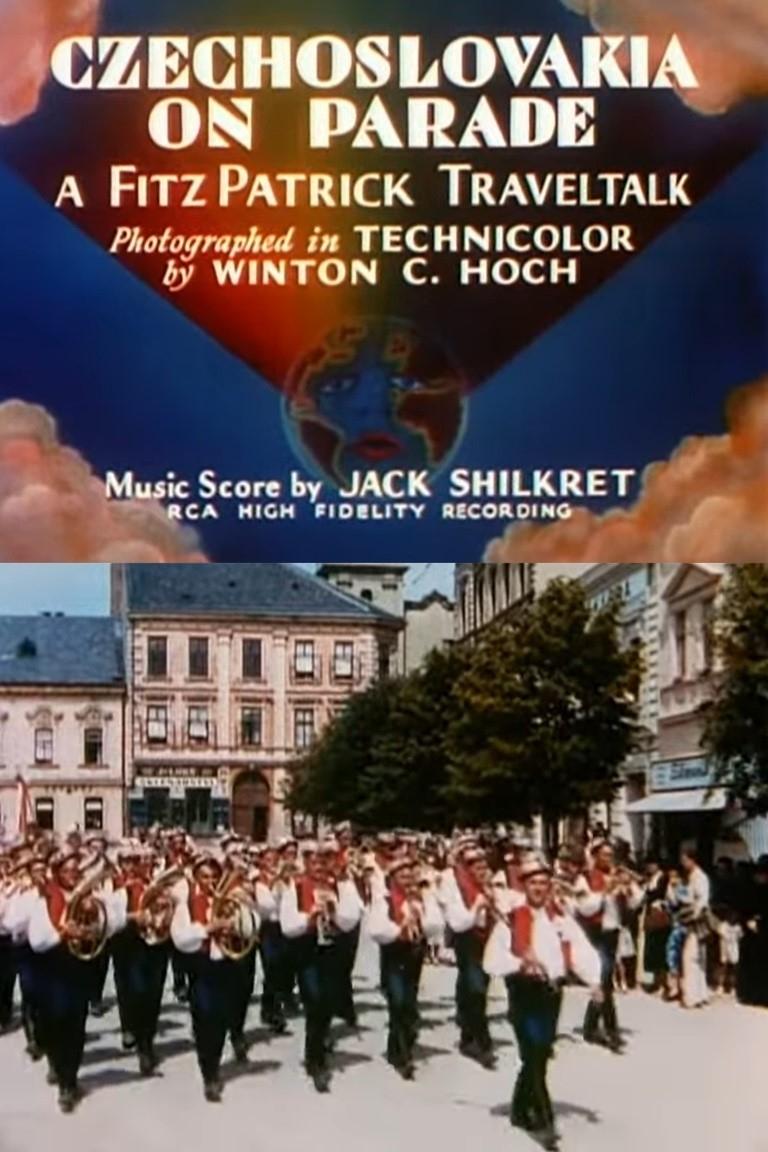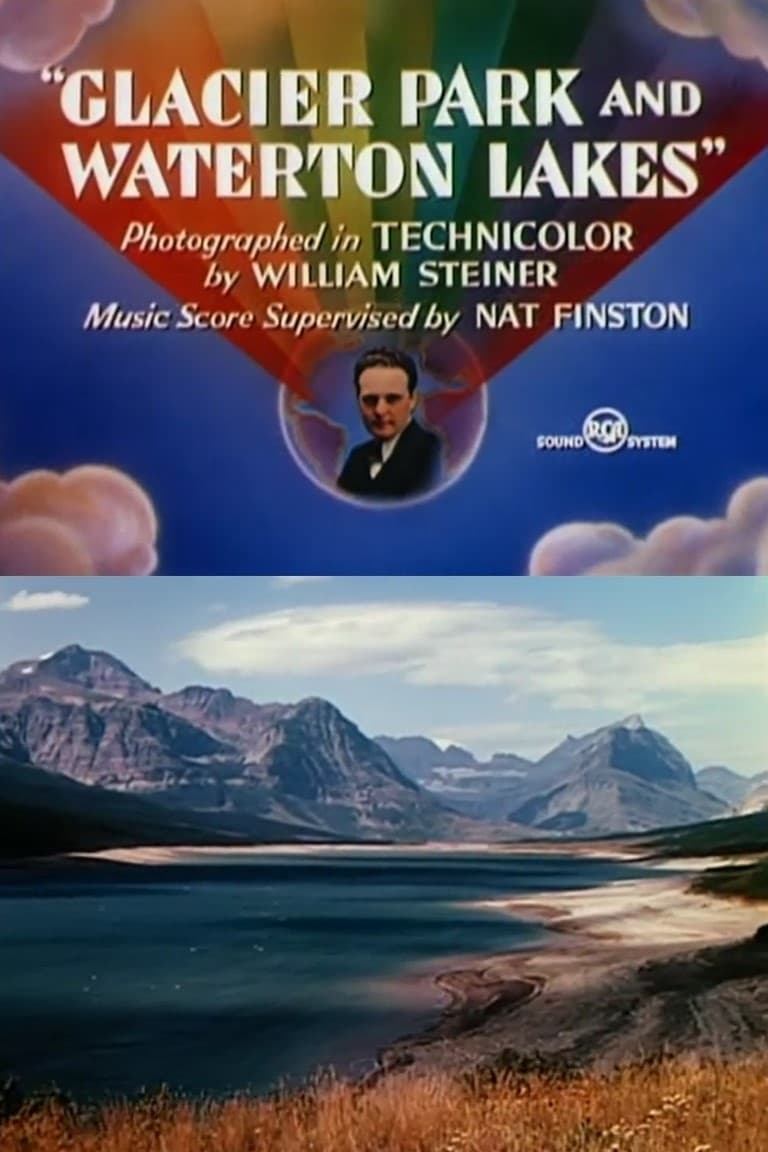
Glacier Park and Waterton Lakes (1942)
Overview
We begin at the train station near Montana's Glacier National Park, where Blackfeet Indians meet the arriving tourists. Glacier Park, an off-screen narrator tells us, has the remnants of 60 glaciers, from three ice ages. We visit the lodge, built in Swiss style, where college students dressed in Swiss garb do the serving at the restaurant. We watch Indian dancing and a ceremony. After views of lakes, mountains, and trails in the park, it's north to Canada's Waterton Lakes, a vacation spot for Canadian and U.S. families.
Production Companies

Additional Info
| Budget | $0.00 |
|---|---|
| Revenue | $0.00 |
| Original Language | en |
| Popularity | 0.7006 |
Directed By
Crew
TOP CAST

James A. FitzPatrick
Narrator (voice)
Similar Movies
Nanook of the North
This pioneering documentary film depicts the lives of the indigenous Inuit people of Canada's northern Quebec region. Although the production contains some fictional elements, it vividly shows how its resourceful subjects survive in such a harsh climate, revealing how they construct their igloo homes and find food by hunting and fishing. The film also captures the beautiful, if unforgiving, frozen landscape of the Great White North, far removed from conventional civilization.
Grizzly Man
Werner Herzog's documentary film about the "Grizzly Man" Timothy Treadwell and what the thirteen summers in a National Park in Alaska were like in one man's attempt to protect the grizzly bears. The film is full of unique images and a look into the spirit of a man who sacrificed himself for nature.
Minnesota: 'Land of Plenty'
This Traveltalk series short visits some of the important cities and sites of Minnesota.
We The North: From Prehistoric to Historic
A basketball team born out of an egg, in a hockey-crazed city, playing in a baseball stadium, fights for survival and ultimately conquers a nation and the league. This documentary offers an in-depth look at how a fledgling franchise transformed into a cultural phenomenon, uniting communities and reshaping Canada's identity. The Raptors' story is the ultimate underdog tale, with an unprecedented look into the team's global impact and lasting influence across Canada and beyond.
In the Name of Confucius
One of Canada's top 10 universities and its largest school board found themselves embroiled in a growing global controversy as scholars, parents, and officials question the Confucius Institute program's true purpose.
The Endless Summer
Bruce Brown's The Endless Summer is one of the first and most influential surf movies of all time. The film documents American surfers Mike Hynson and Robert August as they travel the world during California’s winter (which, back in 1965 was off-season for surfing) in search of the perfect wave and ultimately, an endless summer.
Sans Soleil
A woman narrates the thoughts of a world traveler, meditations on time and memory expressed in words and images from places as far-flung as Japan, Guinea-Bissau, Iceland, and San Francisco.
The Pig Farm
The life and murders of one of the worst serial killers in history, Robert Pickton who went unchallenged for decades.
The Corporation
Since the late 18th century American legal decision that the business corporation organizational model is legally a person, it has become a dominant economic, political and social force around the globe. This film takes an in-depth psychological examination of the organization model through various case studies. What the study illustrates is that in the its behaviour, this type of "person" typically acts like a dangerously destructive psychopath without conscience. Furthermore, we see the profound threat this psychopath has for our world and our future, but also how the people with courage, intelligence and determination can do to stop it.
National Parks Adventure
Narrated by Academy Award winner Robert Redford, National Parks Adventure takes audiences on the ultimate off-trail adventure into the nation’s awe-inspiring great outdoors and untamed wilderness. Immersive IMAX 3D cinematography takes viewers soaring over red rock canyons, hurtling up craggy mountain peaks and into other-worldly realms found within America’s most legendary outdoor playgrounds, including Yellowstone, Glacier National Park, Yosemite, and Arches. Celebrate the 100-year anniversary of the national parks with world-class mountaineer Conrad Anker, adventure photographer Max Lowe and artist Rachel Pohl as they hike, climb and explore their way across America’s majestic parks in an action-packed expedition that will inspire the adventurer in us all.
The Hockey Film
A harsh winter in Canada’s Muskoka, where players face sub-zero temperatures, contrasts with New Zealand, where hockey is just starting to take root. Yet, between these two far-apart nations, there’s one thing they share: a deep love for the game of hockey.
In Bed with an Elephant
This feature documentary provides a gripping retrospective of United States-Canada relationships through a study of successive presidents and prime ministers. Using archival film footage, it demonstrates that Canadian prime ministers, from John A. Macdonald down, all began their tenures by making overtures to their American counterparts. Attitudes and outcomes have varied widely. The almost comic antipathy between Kennedy and Diefenbaker, for instance, is as palpable here as is the folksy camaraderie of Reagan and Mulroney. Part four of Reckoning: The Political Economy of Canada series.
Haiti: 'Land of Dark Majesty'
In this FitzPatrick's Traveltalk short, a trip to Haiti serves as a portal into its history, mainly under 19th century ruler Henri Christophe.
Lost Heroes
Lost Heroes is the story of Canada's forgotten comic book superheroes and their legendary creators. A ninety-minute journey to recover a forgotten part of Canada's pop culture and a national treasure few have ever heard about. This is the tale of a small country striving to create its own heroes, but finding itself constantly out muscled by better-funded and better-marketed superheroes from the media empire next door.
Cavalcade of San Francisco
This Traveltalk series short celebrates San Francisco, past and present.
Yellowstone: The Mystery of the Wolves
70 years after the last wolves roamed the national park, a total of 41 wolves were reintroduced between 1995 and 1997. A globally unique experiment that had many supporters, but also resolute opponents, then as now.
Czechoslovakia on Parade
This FitzPatrick Traveltalk series short looks at Czechoslovakia before World War II, including images of bridges, churches, and castles in Prague, also a non-military parade through the city.
Jasper National Park
This travelogue of Canada's Jasper National Park starts with a visit to the totem pole in the town, then to Lac Beauvert and the park's lodge and bungalows, where more than 600 guests enjoy golf, swimming and scenery. Within the park are the Canadian Rockies' highest summit, largest glaciers, greatest ice fields, and deepest canyons. After a lesson about feeding bears, we tour the vast park: Pyramid Lake and Pyramid Mountain, Mount Edith Cavell and Angel Glacier, a horse trail overlooking the Athabasca River, Athabasca Falls, the Great Colombia Ice Field, Athabasca Glacier and the special cars that bring tourists, and finally Maligne Lake, a fisherman's paradise.

